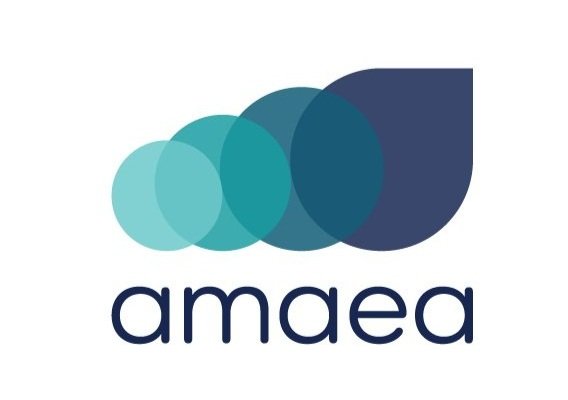What winemakers need to know about thiophenols and smoke
By Jonathan Engle
Having your wine described as licking an ash tray are the words a winemaker never wants to hear. Acrid, bitter, smoky are all undesirable characteristics just adding to the library of descriptors for wines that have been made from grapes impacted by smoke.
As the frequency of natural fire events increase, dealing with this issue is no longer a matter of “if it will happen” to “when it happens”. Even if early intervention methods are applied, inevitably at some point, wineries are going to be left with smoke-impacted wine on their hands.
A complicated issue, research is continually being conducted to better understand smoke so that mitigation tactics can be employed to help support better preparedness.
As part of this research, Oregon State University and Washington State University Tri-Cities researchers recently identified thiophenols as a new class of compounds contributing to the ashy flavors that appear in wines made with grapes exposed to smoke.
Why is this important?
The identification of thiophenols provides a new chemical marker for the industry.
With this knowledge in hand, our team of scientists were able to run a series of tests to determine the extent to which amaea VPx solution was able to remove the class of thiophenol compounds found in smoke-impacted wine.
Tested using a range of wines and treatment rates, analytical results demonstrated reductions in:
thiophenols by up to 30%
thiocresols by up to 68%
thioanisoles by up to 17%
benzyl mercaptan by up to 100%
Targeted smoke removal without compromising on quality
Our amaea VPx technology remediates smoke-impacted wine by selectively capturing and removing the volatile phenol molecules responsible for the sensory characteristics of smoke.
The technology uses proprietary molecularly imprinted polymers, which are designed to have specific affinity to phenol molecules, meaning the markers responsible for smoke are removed, while the desirable flavor and aromas are retained – improving the overall quality of the wine.
How it works
Thiophenols are sulphur containing derivatives of phenols; the physical properties (i.e., molecular shape and size) and chemical properties (i.e., chemical structure, polarity, etc.) are closely related to volatile phenols.
This means that thiophenols, like volatile phenols, have an affinity to the binding pockets of the amaea VPx polymer.
When the wine is passed through the polymers via a filtration system, the undesirable molecules are then captured with greater efficiency and precision.
Partner with amaea
Having started in New Zealand in 2011 as a science research facility, amaea has evolved into a deep-technology organization focused on developing and commercializing molecular filtration technology.
Working with the wine industry, we have pioneered amaea VPx filtration technology to minimize the smoke impacts in wine.
Approved and available for use in the United States, Canada and New Zealand, amaea VPx uses cleverly designed molecular imprinted polymers to capture smoke markers in smoke impacted wine, without compromising on fruit character and body.
amaea VPx:
Retains key sensory qualities of the wine
Provides winemakers the ability to choose treatments rates to retain varietal character and body
Enables recovery of value from smoke impacted wine
Provides selective removal of volatile phenols at scale and pace
Easily integrates into existing productions process at your location
Tailors treatment plans by wine type and smoke severity
